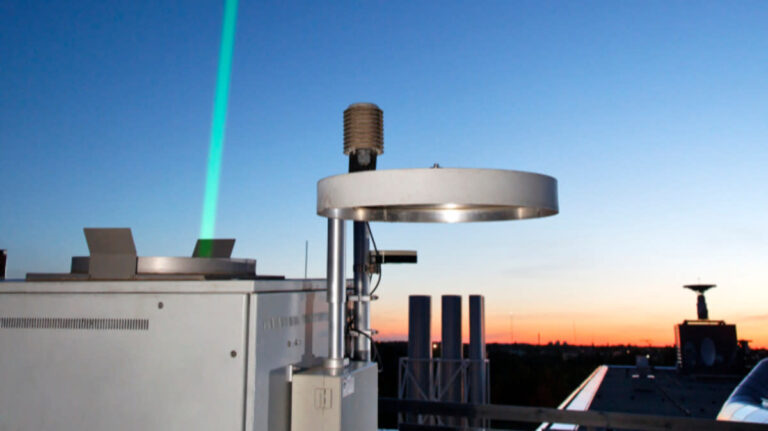For the first time, the Finnish Meteorological Institute (FMI) has assessed the long-term capability of the HALO Doppler lidar network across Finland.
In the study, data from a network of four HALO Doppler lidars in Utö, Hyytiälä, Vehmasmäki and Sodankylä were analyzed. These instruments can continuously observe and provide information about the atmosphere up to 9km, or below the cloud base.
For all the instruments, the noise level shows stable performance but clear differences among them. The analysis also shows that all the instruments have an adequate long-term performance in measuring aerosol depolarization ratio.
Scientists developed a background correction method and constructed an algorithm to distinguish aerosol particles from other constituents in the atmosphere. This methodology could be applied to other standalone HALO Doppler lidars and thus expand the ability to observe atmospheric aerosol around the world.
All four measurement sites have low values of depolarization ratio of aerosol in the winter months and higher values in the summer months. This is attributed to the frequent presence of irregularly shaped pollen particles in relatively clean background air in the summer.
An elevated layer of aerosol with a high depolarization ratio was observed on top of the boundary layer aerosol by the HALO Doppler lidars in Hyytiälä and Utö. Analysis from simulation and satellite measurement suggests that this layer is long-range transportation dust from the western Sahara. The detection of this layer demonstrates the potential of the HALO Doppler lidar network in providing timely warning for aviation and air quality authorities.
According to the FMI, the results show great potential for continuous monitoring of atmospheric aerosol up to the cloud base. This reportedly opens possibilities to support air quality and the safety of aviation, especially in the case of volcanic eruptions.
Read more of the latest lidar updates from the meteorological technology industry, here.



